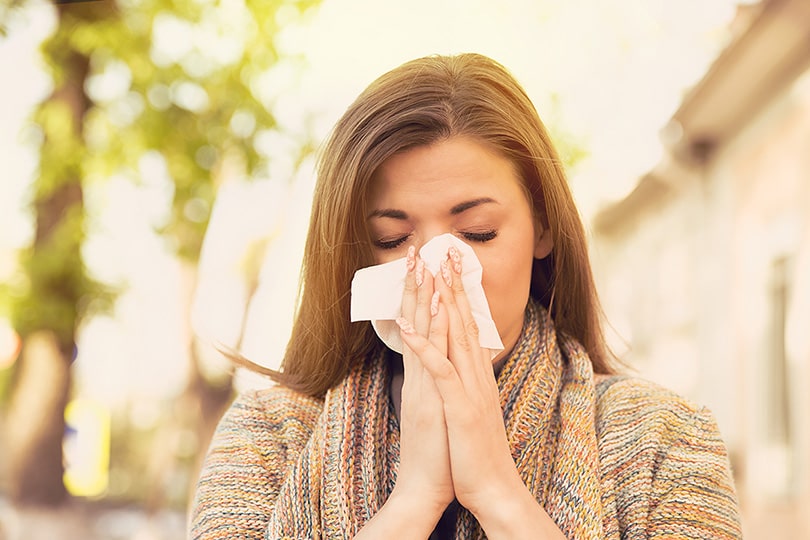
While mold toxicity will be our primary focus, understanding the other forms of mold illnesses clarifies how mold toxicity differs. In general terms, mold can cause an infection, an allergy, or a toxicity. These are not necessarily exclusive issues. For example, someone might have mold toxicity and mold allergy at the same time. However, most experience one class of effects at a . The age of a person can also make some difference. The paragraphs below provide only a brief introduction to mold allergies and mold infections, so one should look elsewhere for information if they suspect either of these conditions.
Mold Infection: Understandably, newly diagnosed mold toxic patients have many questions. A common question is, “Am I infected with mold?” Doctors who treat mold debate the answer to this question. While they argue, I take the clinical stand that only a few mold toxic patients have mold living in their sinuses or lungs. In these cases, the mold may be producing the harmful biotoxins that are making them sick from the inside. Toenail or skin fungi may cause local symptoms, but do not produce toxins that could trigger CIRS. However, the vast majority do not have mold growing inside them. The mold toxins are coming from outside their bodies.
Mold Allergy: In contrast to mold infections, mold allergies annoy a much larger percentage of the otherwise healthy population. Many sniffle, sneeze, snot, and wheeze when the mold spore count rises during hot and humid months. This is a true allergy issue that can be measured as a rise in the IgE antibodies or eosinophils in the affected individual. These antibodies against the mold spore proteins trigger histamine release. This histamine release then produces allergic symptoms manifesting wherever that histamine happens to be released (sinuses, lungs, skin, or GI tract) These allergies rarely threaten life but may cause significant annoyance in daily functioning. Mold biotoxins do not play a direct role in this process.
Mold Toxicity (our primary focus here): Less recognized by the general medical establishment, mold toxicity results from exposure to aerosolized mold toxins inhaled by genetically susceptible individuals. Some call this mold poisoning, but toxicity is a better term. We all know the stories of the 99-year-old chain smoking couch potato who outlived their tobacco eschewing athlete friend. Likewise, some individuals can remain in a high mold biotoxin environment without any harmful effects. It is not so for the mold toxic patient. Unable to clear mold toxins from their body or having intense responses to the biotoxin, these individuals suffer the previously described multi-symptom, multi-system chronic inflammatory response syndrome. They may never mount an allergic response to mold and mold organisms may never enter their bodies, but they suffer from mold’s presence in their surrounding environment.
